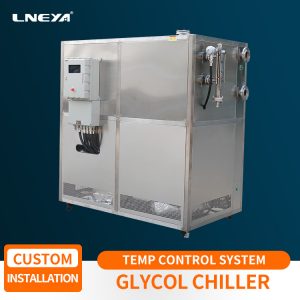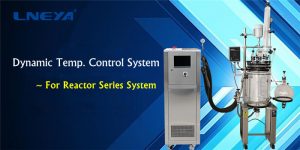Specific conditions of high and low temperature test of EV (electric vehicle) battery
There are mainly 2 types of vehicles:
1. Battery for pure electric vehicle
2. Fuel cell, dedicated to fuel cell electric vehicles
Thermal test: This test is performed to characterize the reaction of cells to the high-temperature environment.
a) Adjust the SOC of battery to 100% of BEV application and 80% of HEV application.
b) Batteries stabilized at room temperature shall be placed in a gravity or circulating air convection oven. The oven temperature shall be raised to 130 ℃ ± 2K at the speed of 5K/min. The battery shall be held at this temperature for 30 minutes before stopping the test.
Temperature Cycle Test:
This test is conducted to characterize the thermal durability of the battery by alternately exposing it to low and high temperatures to cause expansion and contraction of the battery components.
a) Adjust the SOC of battery to 100% of BEV application and 80% of HEV application.
b) Conduct temperature cycling according to ISO 16750-4. As shown in Table 4, the ultra-low operating temperature shall be – 40 ℃ or Tmin specified by the battery manufacturer, and the maximum operating temperature shall be 85 ℃ or Tmax specified by the battery manufacturer. Perform 30 test cycles as specified.
The battery shall be heated in a gravity convection or circulating air oven with an initial temperature of 20 ± 5 ° C (68 ± 9 ° F). The temperature of the oven is raised to 130 ± 2 ℃ (266 ± 3.6 ℉) at the rate of 5 ± 2 ℃ (9 ± 3.6 ℉) per minute and maintained for 10 minutes. The sample shall be returned to room temperature (20 ± 5 ℃) and then checked. For batteries with a set temperature higher than 100 ℃ (212 ℉), the regulating temperature shall be increased from 130 ± 2 ℃ (266 ± 3.6 ℉) to 30 ± 2 ℃ (86 ± 3.6 ℉) from the manufacturer’s maximum specified temperature. For lithium metal chemical battery, the regulating temperature shall be increased to 170 ± 2 ℃ (338 ± 3.6 ℉) at most.
The above contents are excerpts from the network. Please contact us if you have any questions.
Related recommendations
-
Precautions for the Placement of Industrial Air Cooled Chiller
2230The quality and use of industrial air cooled chillers are very important. At the same time, the user operation cannot ignore the position placement. Only the correct position placement and high-quality equipment can achieve high-efficiency operati...
View details -
-
Detailed description of piping of refrigeration and heating cycle equipment
1733When the refrigeration and heating cycle equipment is in operation, the user will find that whether or not the fully enclosed pipeline affects the overall performance. The LNEYA refrigeration and heating cycle equipment adopts a fully enclosed cyc...
View details -
Points for attention in the selection of industrial heating and cooling machines
1671In food factories, pharmaceutical factories, biology, new material processing, and chemical plants, the raw materials in the reactor need to be cooled rapidly during the industrial production process involved in the reactor. In order to achieve th...
View details
 LNEYA Industrial Chillers Manufacturer Supplier
LNEYA Industrial Chillers Manufacturer Supplier













